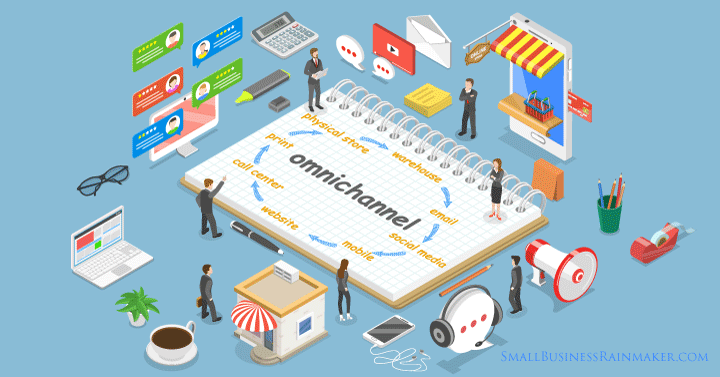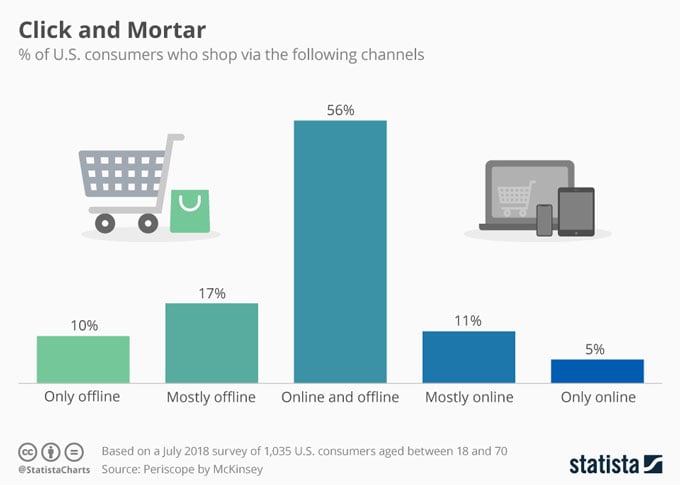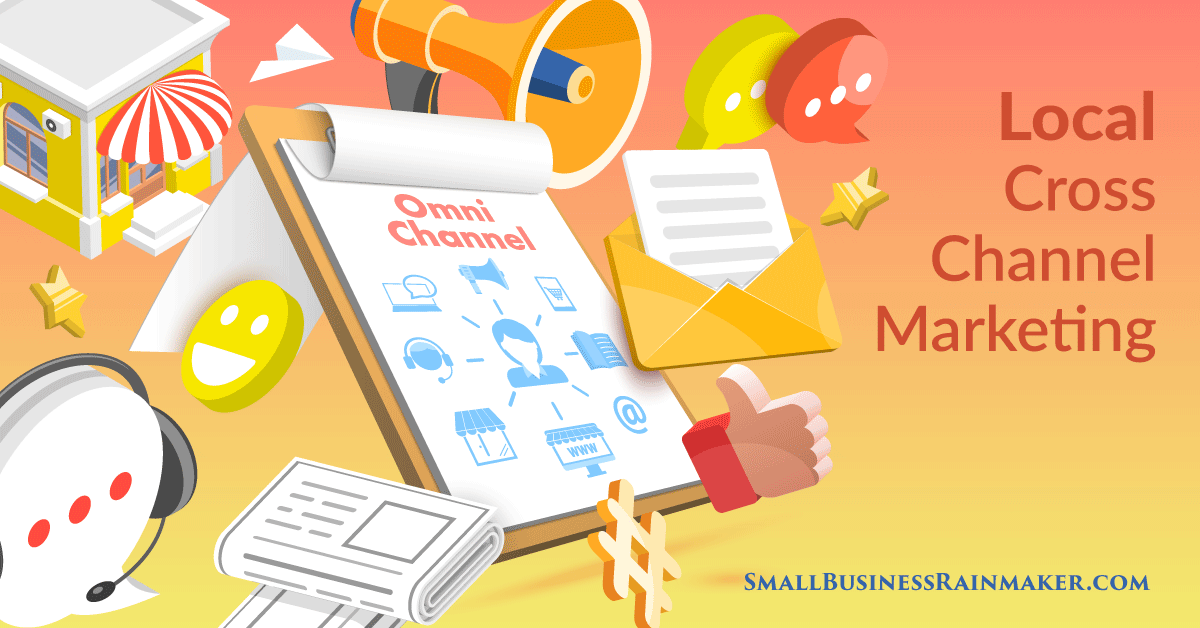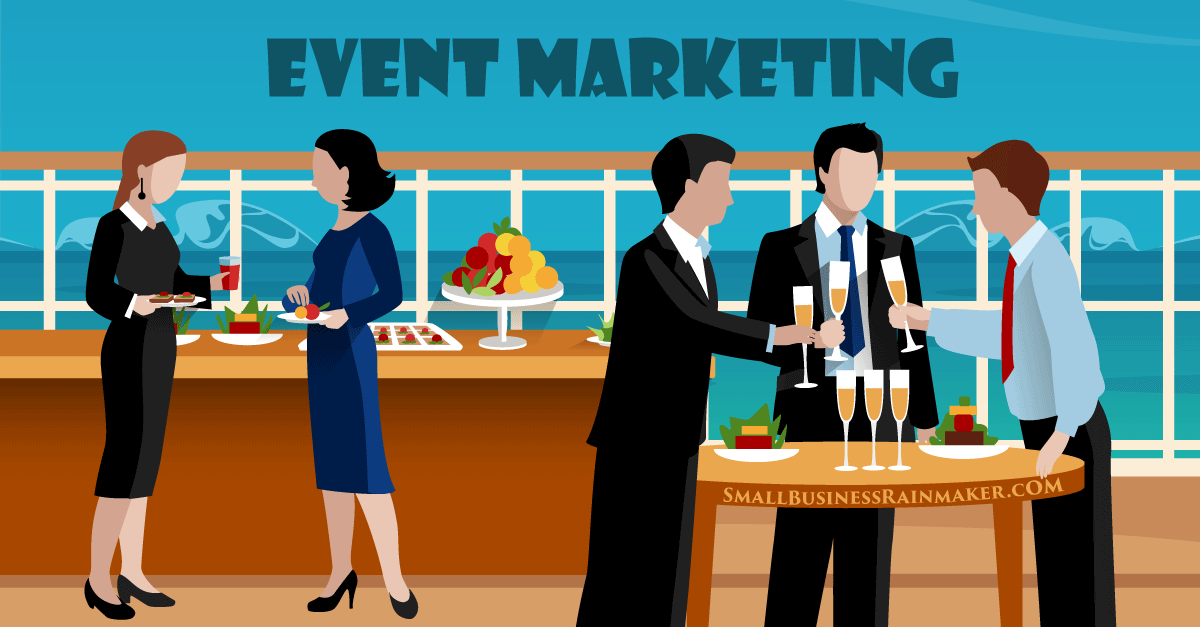
A recent McKinsey survey, shown in the chart below, found that 56% of shoppers use both online and offline marketing channels - 5% of which shop solely online while 10% shop solely offline. This suggests a couple of things about businesses who restrict themselves to using only one marketing channel.
The obvious response for physical store owners is to consider evolving into a “click and mortar” business—a physical store with an online presence.
Less obvious is the opposite scenario. An ecommerce-only business can also take its message offline without necessarily having a brick and mortar store.
How to Use Offline Marketing Channels to Grow An Online Store
A Google search for “click and mortar” showed over 55 million results, so it’s a hot topic.
A query for “establish offline presence for ecommerce store” showed only about 5 million results. Not quite so hot, but no less important as the chart below indicates—a total of 27% of shoppers shop only offline or mostly offline.
To restrict marketing channels can be shortsighted, whether the store is digital or physical. Here are some suggestions on how to take an online business into the offline world.
Business networking events
Owners and staff can attend events hosted by others, such as the Chamber of Commerce, Business Network International (BNI), or locally sponsored trade-specific events.
Trade shows
Get a physical presence by exhibiting at relevant industry trade shows. They are fantastic sales and lead-generating opportunities.
Sponsor local events
Check out events going on in the region surrounding the company’s main location. Virtual businesses that are spread out across the globe can still sponsor local events where their staff lives.
Host an event
Organize a business summit, mastermind retreat, dinner, or trade event.
Use direct mail and print
Add direct mail to email and online campaigns. Statistics in the chart indicate that companies can find new customer segments in consumers who don't hang out online or who don't respond to email. The right direct mail piece can move them to an online channel that they might never have otherwise seen.
Pop-up shops
A pop-up store or shop is a temporary retail location usually set up in a high traffic area such as malls or downtown areas. Restaurants have been doing this for some time and retail shops are jumping on board.
Low-cost pop-ups can be used to introduce or test new products or simply to give customers a taste of what a business has available online. They’re also great PR events.
Offline to Online with Click and Mortar Stores
Here are a few simple and low-cost ways for physical stores to add to their digital presence.
Website
A recent business website survey by Clutch found that 29% of small businesses still don’t have a website. That number is shrinking a lot every year and within a few years, nearly every business will have a website.
That means that for stores without a website, it will be harder than ever to generate leads and get new customers.
Blog
Consider having a blog. If customers love a business, they will love to hear what the company has to say on their blog about solving client problems, entertaining them, or educating them.
Blogs work in every industry. When done correctly, they automatically attract ideal customers.
YouTube Channel
Videos, done right and optimized for search engines, will show up on YouTube searches and on Google searches.
Today the search engines and most social media platforms give priority to video. A little effort with the right videos will go a long way.
FAQ, instructional and how-to videos tend to be evergreen and can generate traffic for years. Some other powerful ways to use video include:
- Product demonstrations
- Testimonials
- Ads
- Training and education
- Personal branding
The video demo below shows how quickly a video can show up on page one of Google search results.
For more info on how to use video to help you rise above your competitors in local online searches, be sure to check out this webinar:
E-commerce platform
Whatever is sold in a physical store can be sold online using an ecommerce platform. An online store works 24-7. It won’t take the place of the retail location, but it can augment sales and bring in new customers that might otherwise have been missed.
Customer service
A customer’s desire for instant gratification applies to their interactions with sales and support staff. If there’s an issue, they want instant answers.
By establishing an online presence, companies have access to numerous tools that can establish a customer support presence that works around the clock.
Chat bots, FAQ pages, and email auto-responders let businesses automatically respond to frequently asked questions. They allow them to follow up to specific purchases with appropriate instructions and tutorials without involving a staff member.
Social media communities provide a forum for customers to reach out and for staff to respond. This serves a dual purpose: the consumer is catered to and business credibility is bolstered.
Social media profiles for the company, owners and staff
One of the first things consumers do is look at the key team members and see if they (and the company) exist on LinkedIn, Twitter, or Facebook. Companies that lack social profiles can be seen as a secretive, which doesn't help the trust factor.
Social profiles, when properly written, help clients find businesses that can help them. They establish trust and credibility as prospects investigate prior to purchase.
Business directories
Business directories are one more avenue for active consumers to find the right company. Appearing in multiple directories also adds to credibility and trust, especially as positive reviews start to add up.
Many types of retail businesses need to be listed on their key, niche-related directories. Restaurants, for instance, will need to be on TripAdvisor, Yelp, and Google My Business since customers routinely check out reviews on these sites to make a buying decision.
The cost of creating an online presence is quite low these days with countless online apps available.
Conclusion
Both brick-and-mortar stores and ecommerce sites are moving beyond their traditional media channels. Rather than debating physical vs. online marketing channels, the discussion is now about online and offline channels.
Local businesses that once relied solely upon offline methods are embracing online marketing. E-commerce sites are learning to add more offline marketing tactics.
Embracing both digital and offline can help both types of companies in ways they may not have previously considered.

















Leave a comment